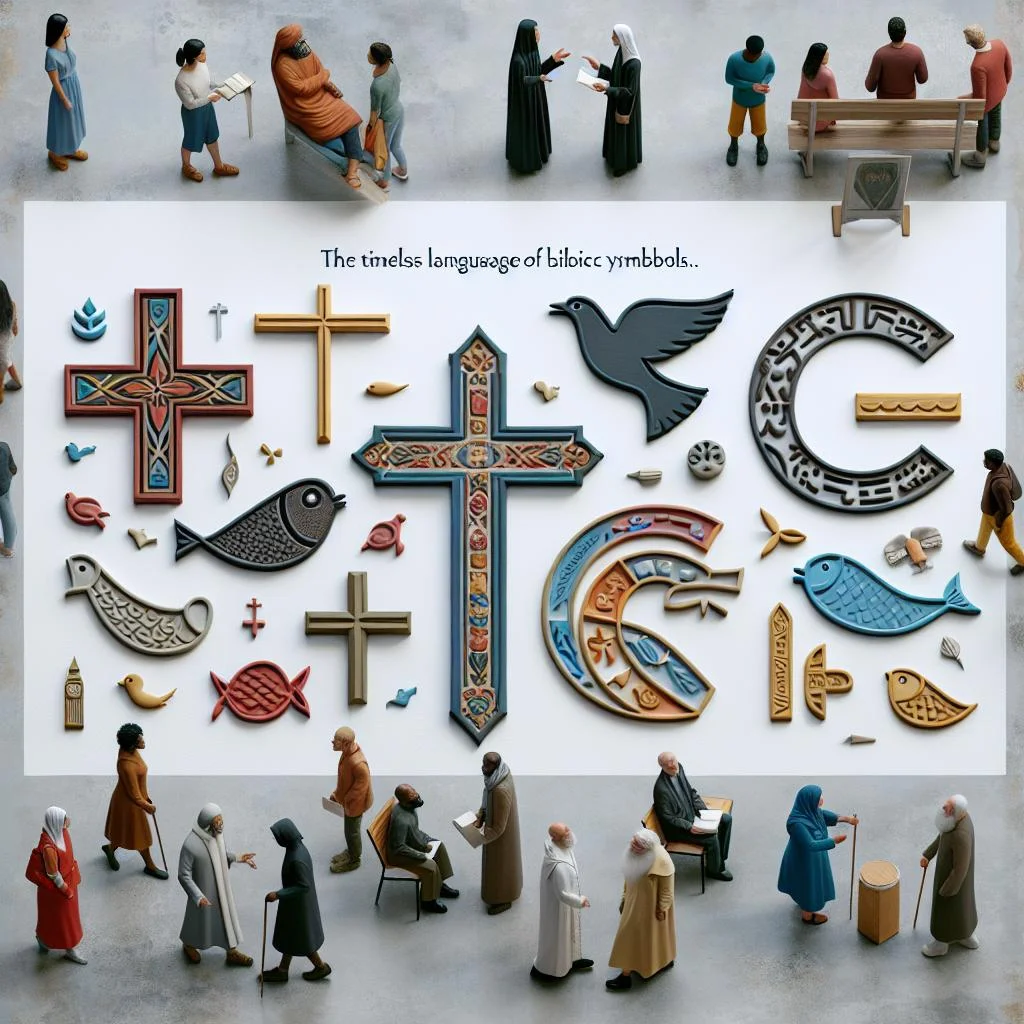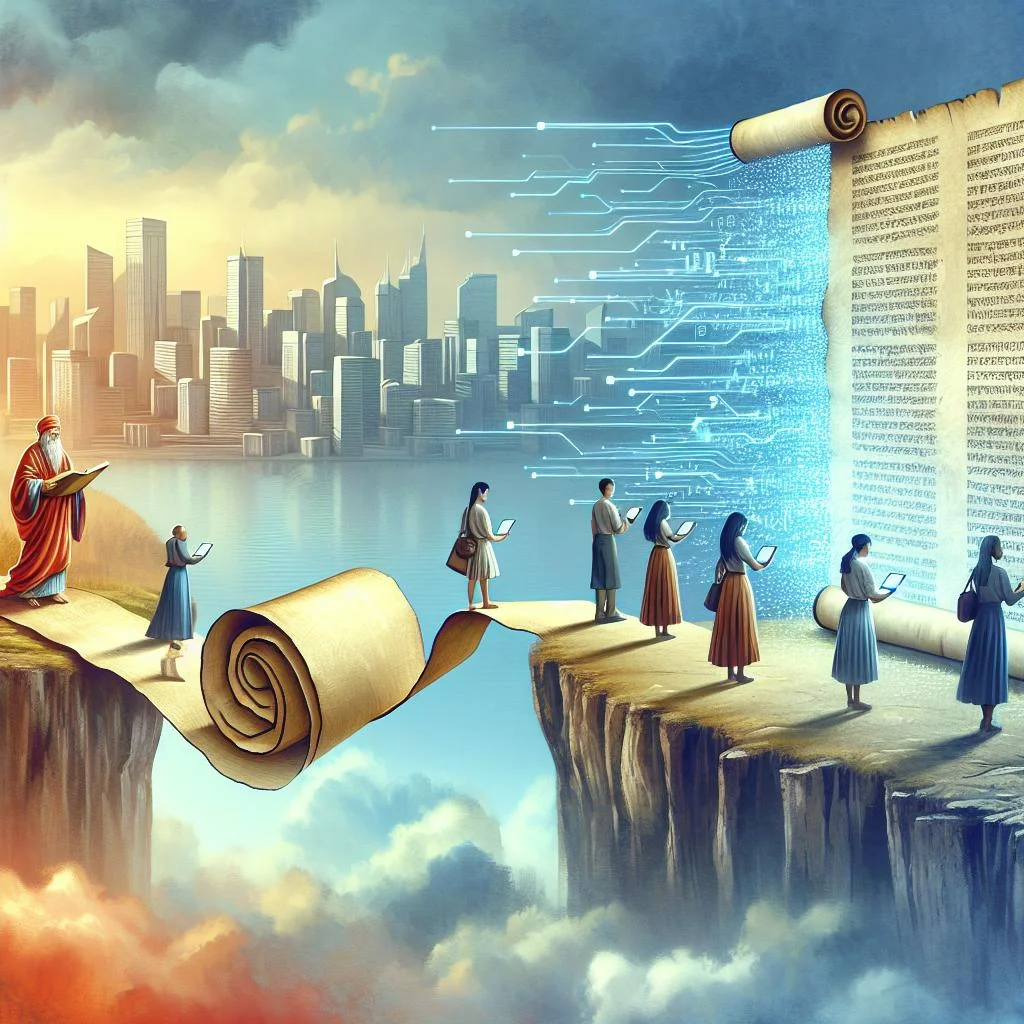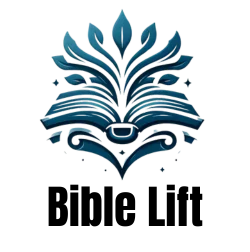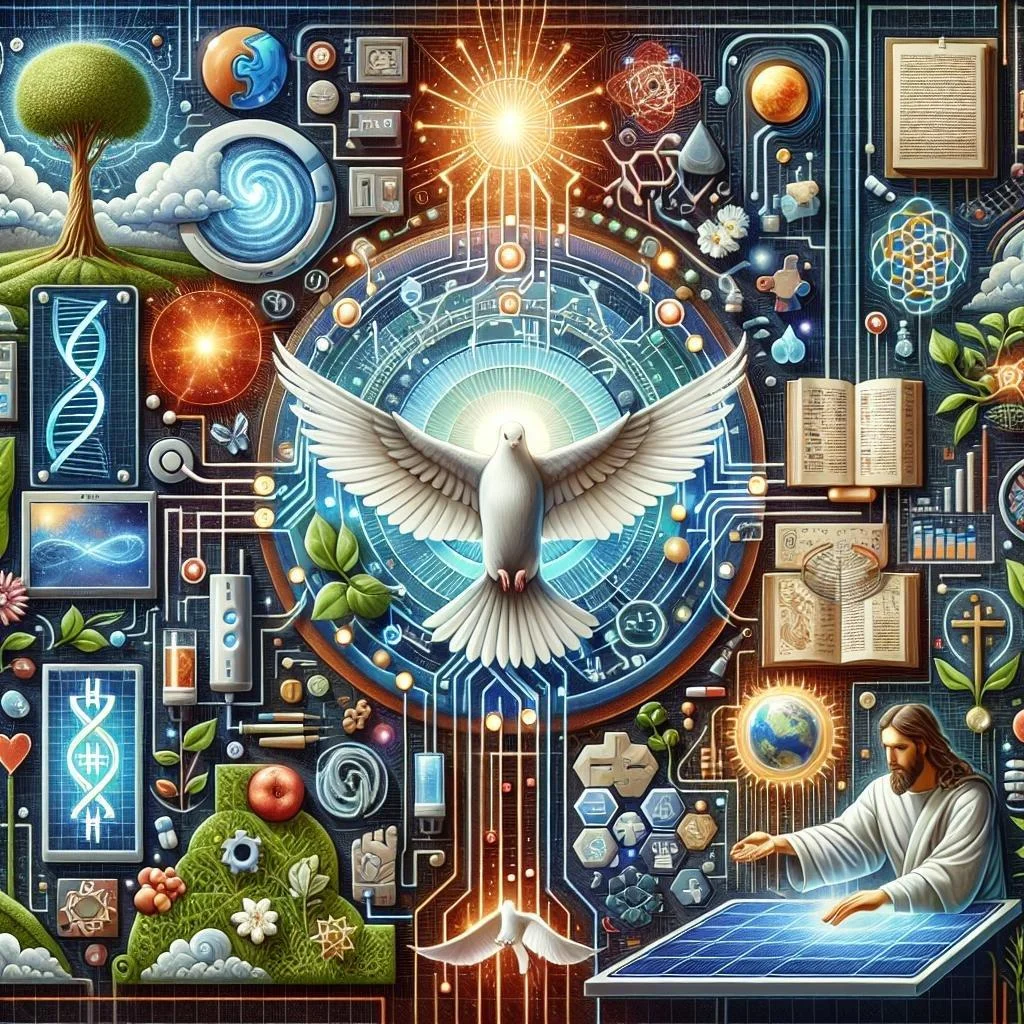Unlocking the Hidden Meanings: The Significance of Biblical Symbols in Modern Culture
In a world bustling with tweets, memes, and trending hashtags, it’s easy to overlook the ancient roots that continue to shape our modern narratives. Yet, nestled within the pages of the Bible are symbols that have transcended time and culture, weaving themselves into the very fabric of our everyday lives. From the humble olive branch representing peace to the iconic cross that embodies sacrifice and hope, these potent images resonate beyond their religious origins, influencing art, literature, and even popular media. Join us on a delightful journey as we uncover the profound significance of these biblical symbols in contemporary culture, exploring how they connect us to our past while enriching our present. Whether you’re a seasoned theologian or simply curious about the world around you, there’s a treasure trove of meaning just waiting to be discovered. Let’s dive in and unlock the hidden meanings that continue to inspire our collective imagination!

Exploring the Timeless Language of Biblical Symbols in Today’s World
In today’s fast-paced world, the imagery and narratives found within the Bible continue to resonate, offering a profound lens through which we can interpret modern experiences. **Symbols like the olive branch, the serpent, and the rainbow** draw parallels between ancient wisdom and contemporary issues, sparking vital conversations about peace, transformation, and hope. These powerful representations serve as reminders of humanity’s enduring quest for meaning, guiding us in an age where materialism often overshadows spiritual enlightenment. Acknowledging these symbols can enrich our understanding of personal and collective struggles, enriching our lives with a depth that transcends time.
As society grapples with issues such as inequality, environmental degradation, and the search for belonging, biblical symbols boldly step into the conversation. For instance, the **good shepherd** may inspire the pursuit of community service, while the **prodigal son** encourages discussions about forgiveness and acceptance. Such reflections can ignite **social movements**, fostering a sense of unity and purpose. To illustrate this link between the past and the present, consider the following table that highlights some key symbols and their modern implications:
| Symbol | Modern Relevance |
|---|---|
| Olive Branch | Peace and reconciliation in conflict resolution |
| Rainbow | Hope and inclusivity, representing diverse identities |
| Fish | Community and support networks, especially in activism |
| Shepherd | Leadership and guiding towards a common good |
Unearthing the Hidden Meanings: How Symbols Shape Our Cultural Narratives
Throughout history, Biblical symbols have permeated our modern culture, serving as powerful conduits of meaning that transcend time and place. These symbols often draw from vivid imagery and narratives, resonating deeply with collective consciousness. **For example, the olive branch** has evolved into a universal emblem of peace, rooted in the Biblical story of Noah’s Ark, where it signified hope and new beginnings. Similarly, the **lamb**, a symbol of innocence and sacrifice, continues to appear in literature and art, often representing themes of redemption and purity. These symbols not only reflect religious beliefs but also inspire contemporary narratives, bridging the ancient with the modern and fostering connection across generations.
The influence of these symbols can be observed in various spheres, from literature to corporate branding. Today, many organizations incorporate **Biblical symbols** such as the **cross**, which stands for faith and resilience, into their missions and branding strategies to evoke trust and moral authority. Furthermore, popular media often employs these symbols to convey deeper messages, allowing audiences to engage with complex themes through familiar imagery. To illustrate this, consider the table below showcasing a few key Biblical symbols and their modern applications:
| Symbol | Modern Interpretation |
|---|---|
| Dove | Peace and Hope |
| Fish | Faith and Community |
| Mustard Seed | Faith’s Potential |
In essence, these symbols are not mere relics of the past; they are vibrant threads woven into the fabric of our culture, providing depth and insight into our shared human experience. As we continue to explore these ancient signifiers, we unearth layers of meaning that not only enrich our understanding of cultural narratives but also illuminate the prevailing values and beliefs that shape our world today.

Bridging the Gap: Integrating Biblical Lessons into Modern Life
In today’s fast-paced world, the ancient teachings of the Bible resonate deeply within the fabric of our modern culture. Biblical symbols, often woven into our daily lives, serve as a bridge connecting timeless wisdom with contemporary values. Consider the **lamb**, a symbol of innocence and sacrifice, which appears in various contexts, from the imagery adopted in art and film to the use of “lamb” as a term of endearment in our personal relationships. This symbol reminds us of **compassion** and the importance of caring for one another, nudging us towards empathy in a world that often prioritizes individualism.
Moreover, the **tree of life** stands as a powerful emblem of growth, strength, and interconnectedness. In modern literature, this symbol frequently appears in storytelling, urging us to cultivate roots while embracing change. The visuals of trees reflect our aspirations for sustainability and nurturing of both ourselves and the planet, resonating in ecological movements today. Furthermore, the **fish**, an early symbol of believers, encourages community and networking, which can be seen in the rise of collaborative projects and faith-driven initiatives that seek positive change. By embedding these symbols into our daily ethos, we don’t just honor their biblical origins but also enrich our contemporary narratives with profound meaning.

A Path Forward: Embracing Symbolism for Personal and Community Growth
In today’s fast-paced world, the resonance of Biblical symbols offers a profound pathway for both personal and community growth. These symbols, deeply rooted in our collective consciousness, serve as guiding lights, illuminating the often obscured paths of life. By engaging with these motifs, people can find strength, direction, and unity. Some often-referenced symbols include:
- The Dove: symbol of peace and renewal.
- The Olive Branch: representation of hope and reconciliation.
- The Cross: emblem of sacrifice and love.
Incorporating these symbols into our daily lives encourages a deeper reflection on our values and can foster a sense of belonging within communities. By actively sharing and promoting these powerful representations, individuals are encouraged to embrace their significance, leading to profound transformations. The integration of Biblical symbolism can manifest in various forms, such as:
| Symbol | Personal Application | Community Impact |
|---|---|---|
| The Rainbow | Hope during challenging times | Bringing diverse groups together |
| The Good Shepherd | Cultivating leadership qualities | Fostering care within communities |
| The Fish | Symbolizing faith and purpose | Encouraging community outreach |
Q&A
Q&A: The Significance of Biblical Symbols in Modern Culture
Q: What are Biblical symbols, and why do they matter?
A: Biblical symbols are objects, figures, or colors that convey deeper meanings about faith, morality, and the human experience as depicted in the Bible. They’re like friendly beacons guiding us through life’s complexities and challenges! In modern culture, these symbols resonate with many people, connecting them to shared stories, values, and traditions that endure through time.
Q: Can you give some examples of common Biblical symbols?
A: Absolutely! Think of the dove, which symbolizes peace and the Holy Spirit, or the lamb, representing sacrifice and innocence. These symbols pop up in art, literature, and even popular media. For instance, you might see a lamb in a contemporary song or a dove in a social justice campaign—reminding us of the original messages behind these symbols.
Q: How do these symbols influence art and literature today?
A: They add layers of meaning! Artists and writers often draw on Biblical imagery to evoke emotions or make a point. If an author introduces a character carrying a cross, it could symbolize their burden or struggle. Readers familiar with the Biblical context pick up on these nuances, enriching their understanding and experience.
Q: What about in popular media, like movies and TV shows?
A: Ah, the silver screen! Many films weave Biblical symbols into their narratives to explore themes of redemption, sacrifice, or hope. For example, a character’s journey might parallel that of an Old Testament prophet, or a visual motif could subtly echo a Biblical story, inviting the audience to reflect on its significance. It’s like a treasure hunt for meaning!
Q: Why do Biblical symbols still resonate today, especially for those who are not religious?
A: Great question! The beauty of these symbols lies in their universal themes—love, hope, despair, and rebirth—those feelings are part of the human experience, regardless of one’s faith. Even non-religious individuals may find comfort or inspiration in the wisdom these symbols convey, tapping into a collective consciousness that transcends boundaries.
Q: Can we use these symbols for advocacy or social change?
A: Definitely! Many movements harness Biblical symbols to communicate their mission. For instance, the imagery of the Good Samaritan is often invoked in discussions about compassion and helping others. By employing these powerful symbols, advocates create a bridge between timeless wisdom and contemporary issues, fostering a sense of community and shared purpose.
Q: How can individuals incorporate these symbols in their daily lives?
A: Simple! Begin by reflecting on what these symbols mean to you personally. Maybe wear a piece of jewelry with a meaningful symbol, create art inspired by them, or even engage in conversations that explore their significance. It’s a wonderful way to connect with others and start conversations about values that matter!
Q: what’s the takeaway about Biblical symbols in our modern culture?
A: Biblical symbols are vibrant threads woven into the fabric of our culture, offering wisdom, inspiration, and connection. They remind us of our shared histories and values, encouraging us to reflect on our lives and the impact we have on the world. So, whether you’re a scholar of the scriptures or simply curious, these symbols invite you to join the conversation and discover their timeless relevance!
Closing Remarks
As we wrap up our exploration of the fascinating interplay between biblical symbols and modern culture, it becomes abundantly clear that these ancient motifs are not just relics of the past; they are vibrant threads woven into the fabric of our everyday lives. From the hope embodied in the dove to the transformative power of the cross, these symbols continue to inspire, challenge, and guide us through the complexities of contemporary existence.
Embracing the significance of these symbols invites us to reflect on our own narratives and the universal themes that unite us all. They remind us that, whether we are seeking solace in faith or finding meaning in arts and storytelling, we are part of a larger tapestry that transcends time and culture.
So, the next time you encounter a familiar biblical symbol—be it in literature, art, or even a simple conversation—take a moment to appreciate the depth it carries and the connections it forges. In doing so, we celebrate not only their historical meanings but also their continued relevance in shaping our thoughts and actions today. Let these symbols illuminate your journey as you explore the rich intersection of the sacred and the modern, encouraging you to discover the profound truths that still resonate in our hearts. Happy exploring!

